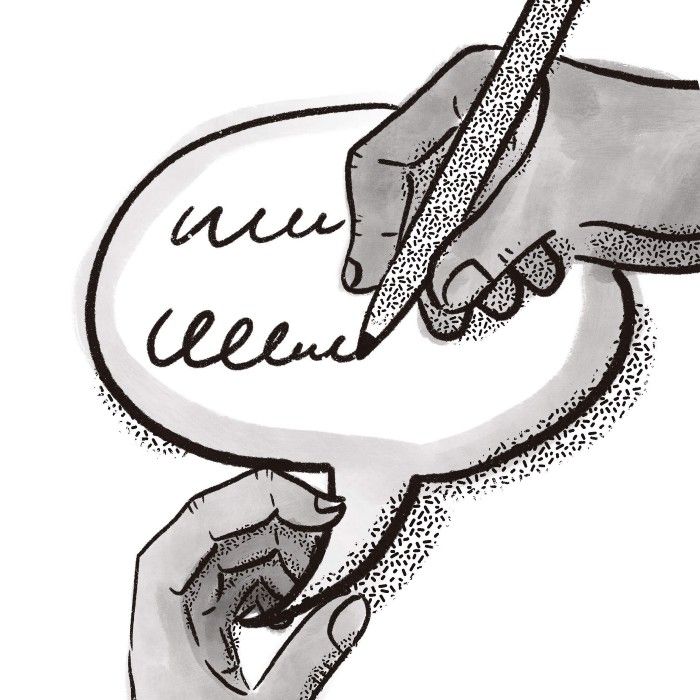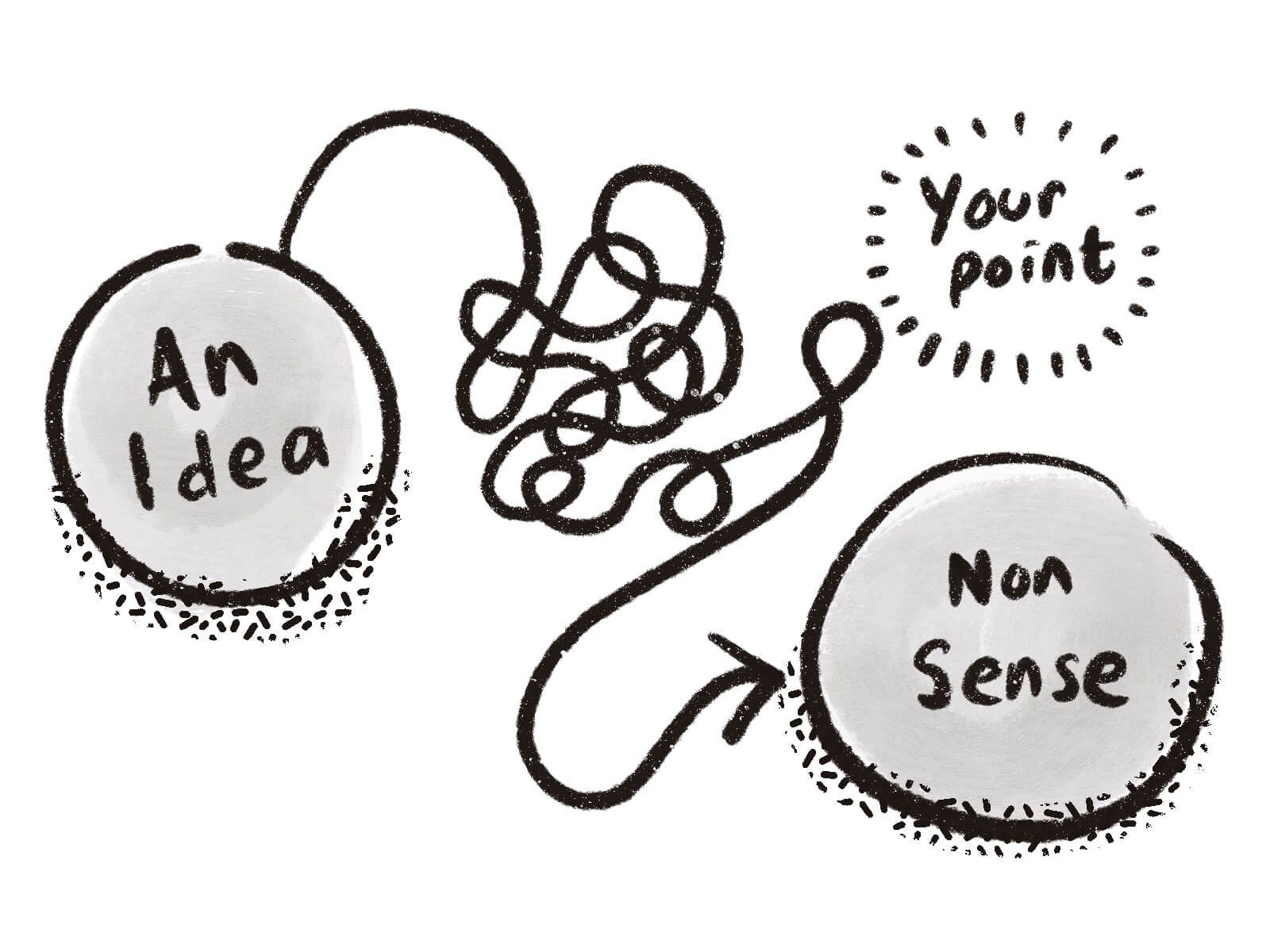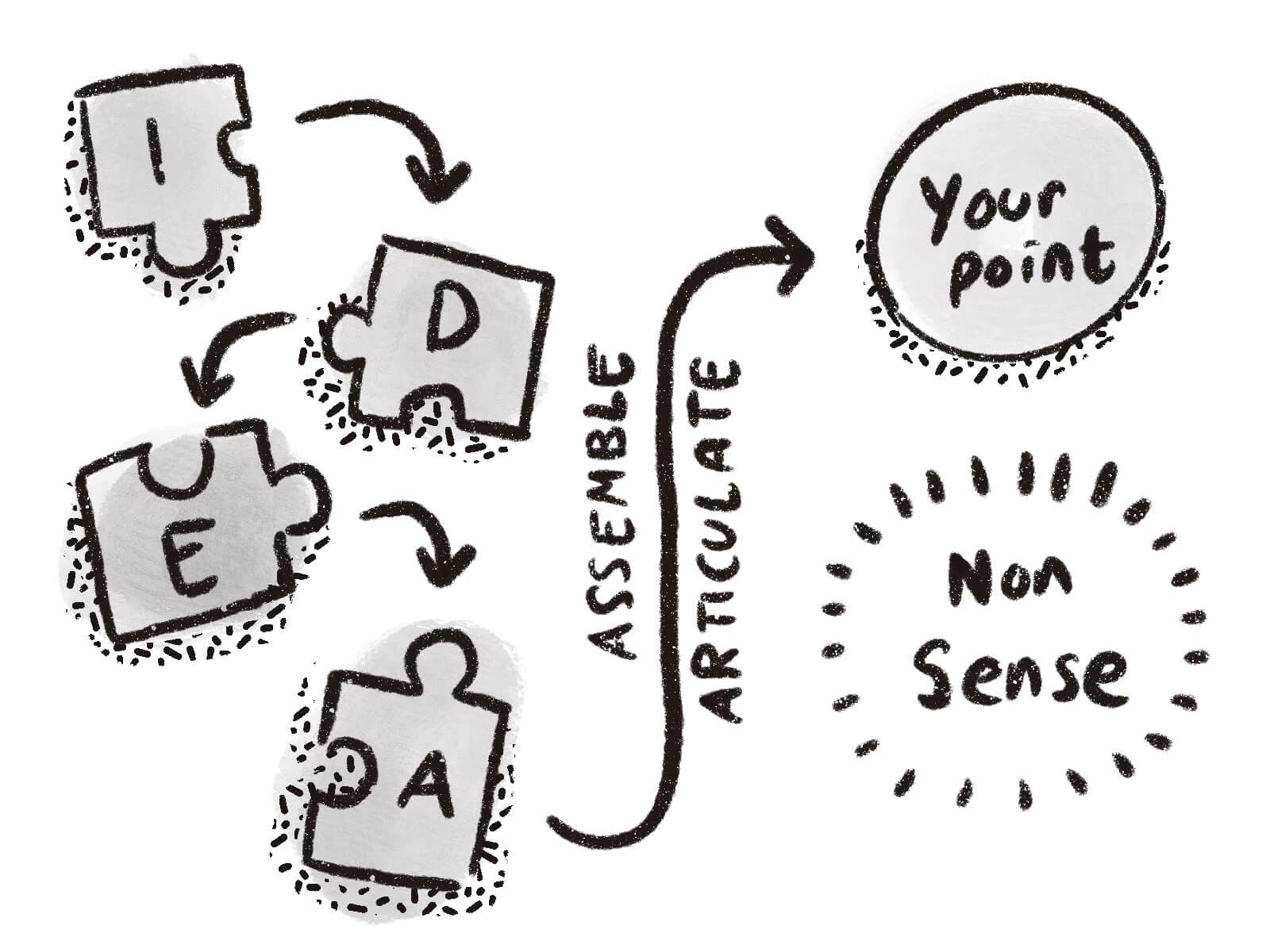How to speak what is on your mind
Have you ever been in a conversation where you have an idea, but you just couldn’t find the right things to say?

Have you ever been in a conversation where you have an idea, but you just couldn’t find the right things to say? You started to blabber and stutter because it just didn’t sound right; you knew something was off. You ended up embarrassing yourself and failed to deliver the point you intended.
Then, only after the conversation has ended you know exactly what to say. But it’s too late anyway. If you are familiar with this situation, it is time to change.
Why your mind jumble
A spoken sentence starts as an idea. So first, what you need to overhaul is your thinking process.
A brilliant idea might turn into nonsense.

When we talk, we translate an idea into a point we want to share in sentences. For the point to be easily understood by the listener, you must translate the idea into a well-structured sentence, which most people usually fail to do.
Your mouth mumbles as your mind jumbles. Thoughts are wandering and jumping, trying to deliver the right thing. You look confused, and the listeners are certainly not amused.
Ideas are like puzzle pieces.
Before you try to fix a problem, you first have to understand the problem. Ideas, or things that you want to say, come randomly. They come in words, images, flashes of memories, lingering scents, or anything your brain can interpret. They don’t come in order, nor do they come in solid and exact structures.
Big picture of the process.

Transferring ideas to someone else is assembling the puzzle pieces into meaningful sentences and articulating them with your mouth. So how do you learn to design a well-structured sentence in the split-second time you have — right before you open your mouth?
#1. Read, read a lot, read anything
Yes, anything. If you think reading a whole book is too time-consuming, read essays. If that’s still too much, read the articles. Heck, even just reading a tweet is fine. The point is to read a lot. Read comic books, if you will.
The purpose is to broaden your vocabulary and learn how other people structure their sentences. By looking at how other people express their thoughts in words, you’ll learn new ways of doing so. You will be accustomed to clear and concise sentences. You’ll be able to notice if a text is easy to understand or plain nonsense.
Reading is especially useful if you are speaking a foreign language. In my case, English is a second language, so reading books helps me understand words I used to question.
#2. Learn different kinds of expressions
Once you are used to reading, you will realize that everyone has different ways of expressing themselves. Reading enhances exposure to ideas, words, sentences, and phrases previously novel to you.
Let’s take “Thank you” as an example. Here are some different ways to say thank you:
- Thank you / Thanks / Thanks a bunch / Thanks a lot / Thankies
- I owe you one
- You didn’t have to! / I didn’t deserve you!
- I can’t thank you enough.
- I appreciate it.
- And the list goes on.
Expressing something in many different ways would help you engage your audience. Instead of saying the same words repeatedly, you can change the sentence structure and make it less monotonous. This way, your audience will not lose interest in you.
💡 Pro-tip: Utilize Online Platforms & Social Media.
Using Twitter and Instagram to follow English-speaking people, I can understand the slang and phrases they often use daily. I can learn how to talk in a more casual/friendly way. For example, I learned on Twitter that “alien” means foreign/unknown. Something alien to me before 😝.
#3. Implement your new sentence structures and vocabulary
You’ve seen how other people do it. Now, it’s time for you to do it yourself. How do you implement your new knowledge? The easiest way is to write something. Writing is training your mind to think clearly and concisely. By writing something, you will learn to:
- Translate ideas into sentences.
- Construct a well-structured sentence.
- Make a point without going in circles.
- Implement new vocabulary and expressions.
- Knit your ideas together and assemble the puzzle pieces.
I can’t think of a more straightforward way to improve your thinking process. Again, like reading, you don’t need to write a book. Start small. Write a tweet, an article, an essay, then, if you will, a book. Remember, the purpose is to improve your thinking process.
#4. Don’t try to sound “unique”, “smart”, or “interesting.”
In my experience, the most annoying people are the ones who say too much jargon. Either they are trying to look smart, or they don’t understand the topic deeply. If you are like that, do yourself a favour — stop.
You may think that jargon, big words, or complicated sentences make you sound smart. But when your conversation partner does not understand what you are talking about, you lose the point of having a conversation: to exchange ideas. To deliver a point.
Use simple words and short sentences that people would understand. Don’t overuse jargon.
#5. Speak clearly. Practice talking to yourself
So far, all of the processes we’ve covered won’t mean anything if you fail to speak properly. If you feel like your pronunciation is not good, practice.
Learn to talk slowly and calmly. Make sure that you don’t mumble and stutter. Be confident so people believe in what you are saying. Talk to yourself. Think out loud, literally. Listen to how people pronounce and speak. And if you don’t know how to pronounce something, use Google Translate.
Say it as you mean it
By understanding how we think before we speak, you will be able to address what is wrong with your current thinking process.
Reading helps you learn new words, expressions, and sentence structures. Immersing yourself in online communities will give you ideas about how people use slang and phrases in daily interactions. Writing makes you practice your sentence creation process to be clear and concise. And by keeping it simple, you focus on communicating clearly, not trying to look smart.
More often than not, your idea is not that bad. But the way you present the idea is not quite right. That is why people got confused and were not sure about your intentions. Your point got lost, and the people who listen don’t get what you say.
This article is based on the conversations I had with friends and colleagues who’s having trouble in communicating with their peers.
I hope you find this post inspiring.
And whenever life feels too much, remember:
It's not going to be easy,
But it's not impossible.
Brian.
